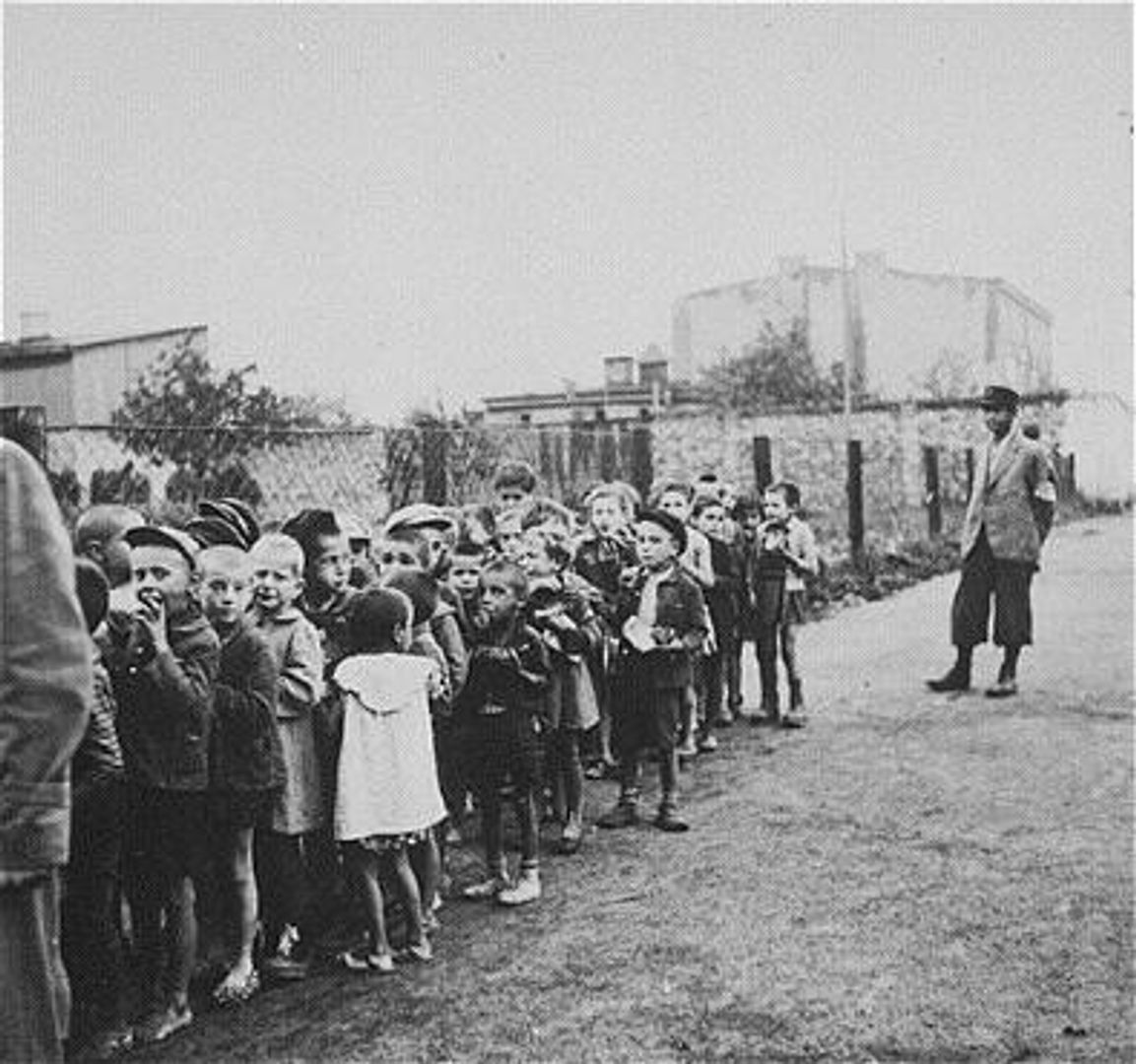The extermination camp in Chełmno nad Nerem
8.22

Overview
Chełmno nad Nerem, known as Kulmhof, was the first German extermination camp for Jews, operating from 1941 to 1943 and briefly in 1944. Primarily intended for the Jewish population of the Wartheland region, the camp's structures utilized an existing palace and nearby buildings, demonstrating the rapid adaptation of the site for extermination purposes. Victims were gathered and murdered in mobile gas chambers, making Chełmno a site of mass atrocities where between 150,000 and 350,000 people lost their lives, including Jews, Roma, as well as the disabled and ill. Chełmno became a symbol of the brutality of the Nazi regime and the implementation of extermination policies even before they were formalized at the Wannsee Conference in 1942. The camp employed a unique method of extermination using exhaust gas, which distinguished it from other extermination centers. Those who came into contact with the camp were subjected to brutal treatment, and some were forced to bury victims before being murdered themselves. After the war, the camp site was commemorated with monuments and museums that bear witness to the cruelty of that era. In 1957, the first monument was erected on the camp grounds, followed by further memorials, including the Monument to the Victims of Fascism and a museum opened in 1990. Archaeological excavations have revealed numerous belongings of the victims, contributing to a deeper understanding of the local history and the tragedy of those murdered there. Chełmno serves not only as a place of remembrance but also as a space for reflection on the history of the Holocaust and its consequences. An interesting fact is that the camp involved both Polish collaborators working with the Germans and resistance groups, highlighting the complexity of the situation during World War II.
Location
2025 Wizytor | All Rights Reserved